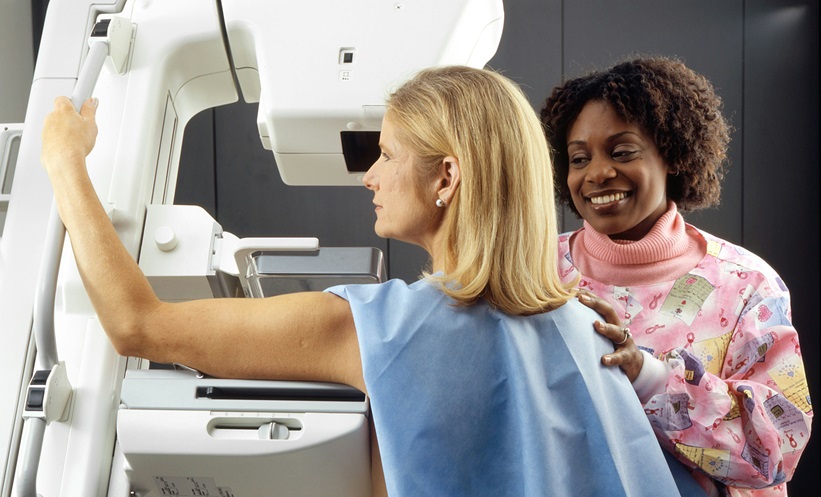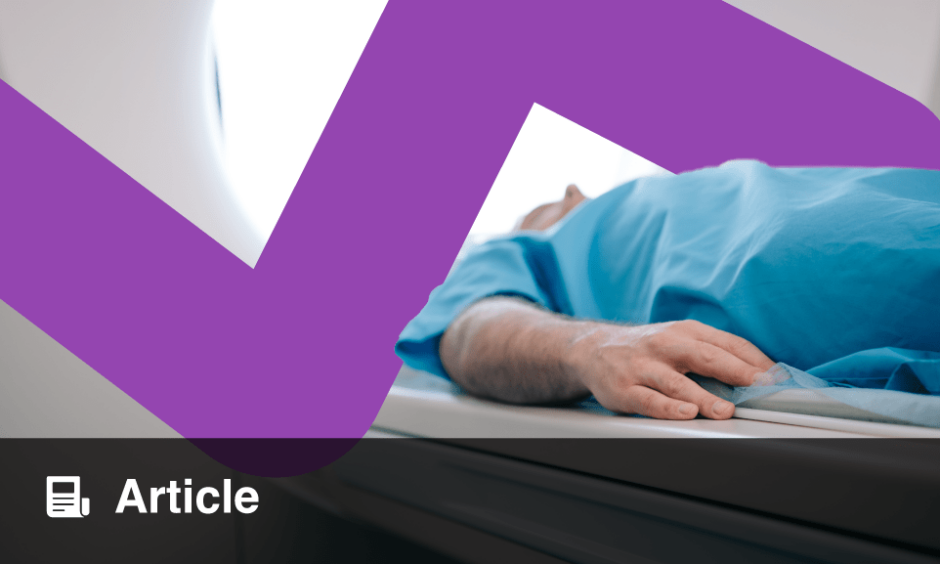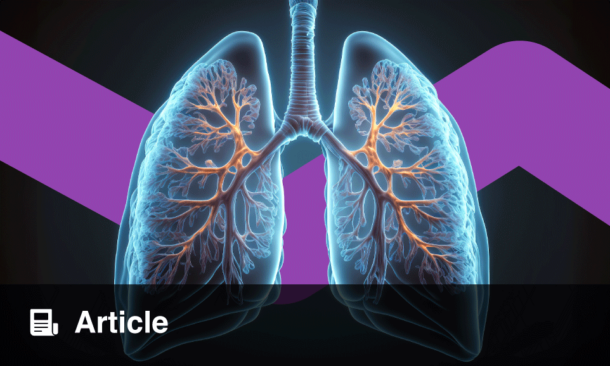FAT-ENLARGED axillary lymph nodes have been linked to significantly higher risks of type 2 diabetes (T2DM), cardiovascular disease (CVD), and hypertension (HTN), according to new research. CVD is the leading cause of death in females, and this finding has the potential to significantly reduce mortality from the condition; with over 75% of females in the USA eligible for mammography screening.
In the retrospective study, researchers reviewed bilateral mediolateral oblique views from mammography exams of 1,216 females. These participants had cardiovascular risk factors within 1 year of the mammogram but no known coronary artery disease at the time of the screening. The largest visible axillary lymph node was measured, and researchers tracked major adverse cardiovascular events (MACEs) within 10 years after the index mammogram. Axillary lymph nodes were visible on 907 out of the 1,216 mammography exams reviewed (74.6%).
It found that 19.1% of the cohort had fat-enlarged axillary lymph nodes (greater than 20 mm long) due to an expanded fatty hilum. For these patients, the risk of T2DM was four times higher, the risk of CVD was 2.6 times higher, and the risk of HTN was 2.5 times higher, compared to those without enlarged nodes.
The findings suggest that fat-enlarged axillary lymph nodes, visible on a mammography screening, may serve as an important indicator of increased risk for T2DM, CVD, and HTN. This could significantly impact preventative healthcare strategies by identifying females who might benefit from more intensive risk assessments and CVD risk reduction strategies.
“If validated in larger studies, incorporating fat-enlarged nodes into CVD risk models has the potential to improve CVD risk stratification without additional cost or additional testing,” said lead author Jessica Rubino, Dartmouth Hitchcock Medical Center, Lebanon, New Hampshire, and colleagues.
Reference
Rubino J et al. Fat-enlarged axillary lymph nodes on screening mammograms predict cardiometabolic disease and cardiovascular disease risk. 2024 American Roentgen Ray Society (ARRS) Annual Meeting in Boston, 5-9 May, 2024.








